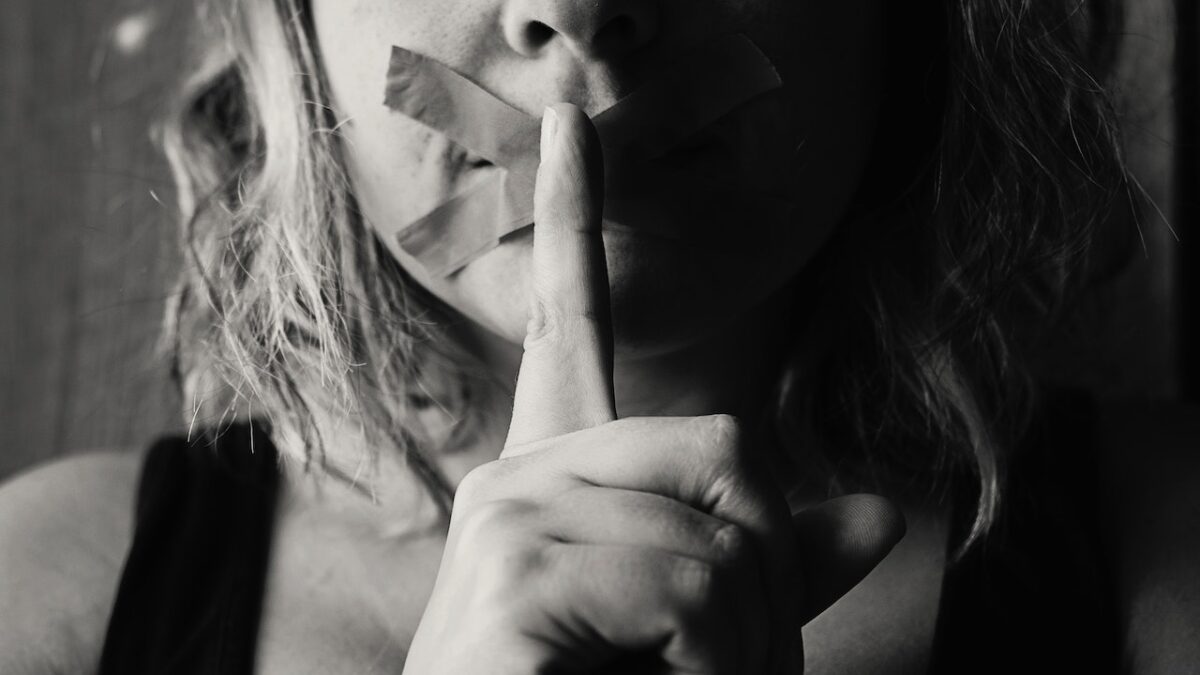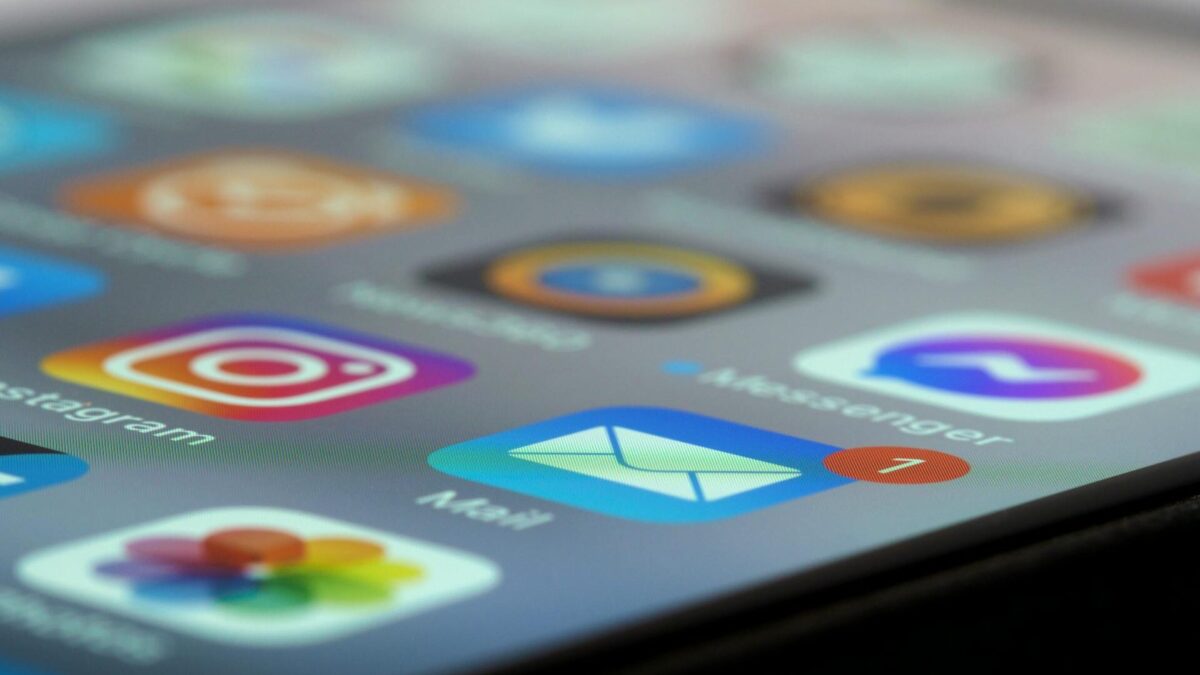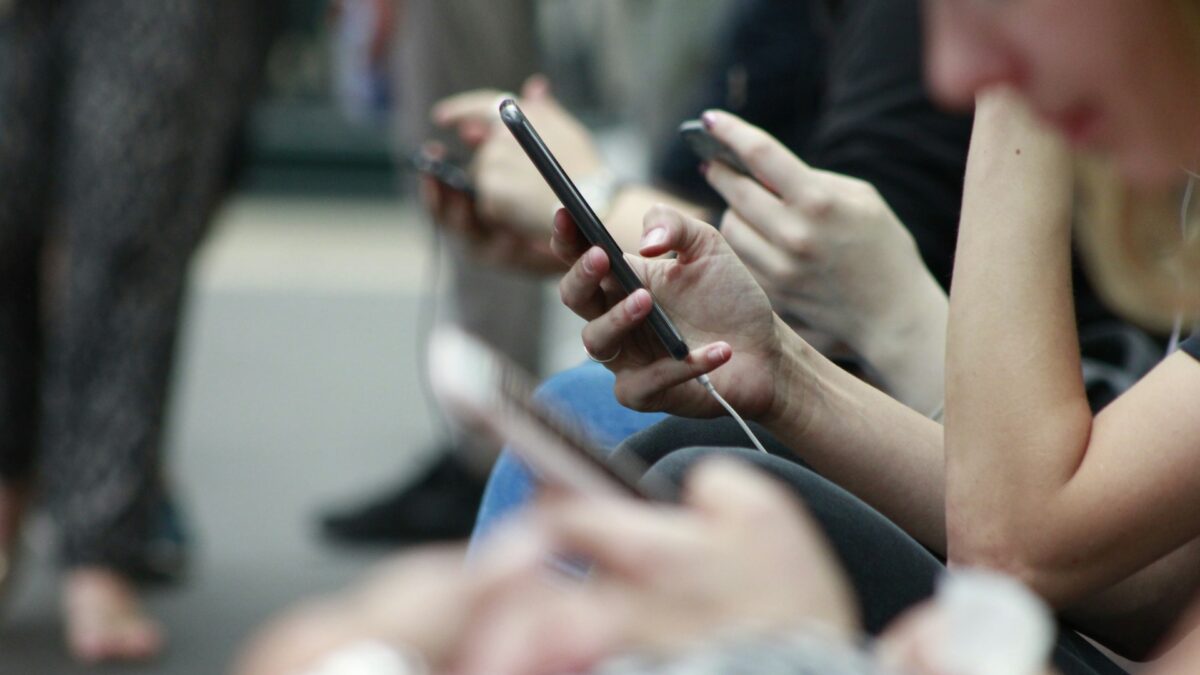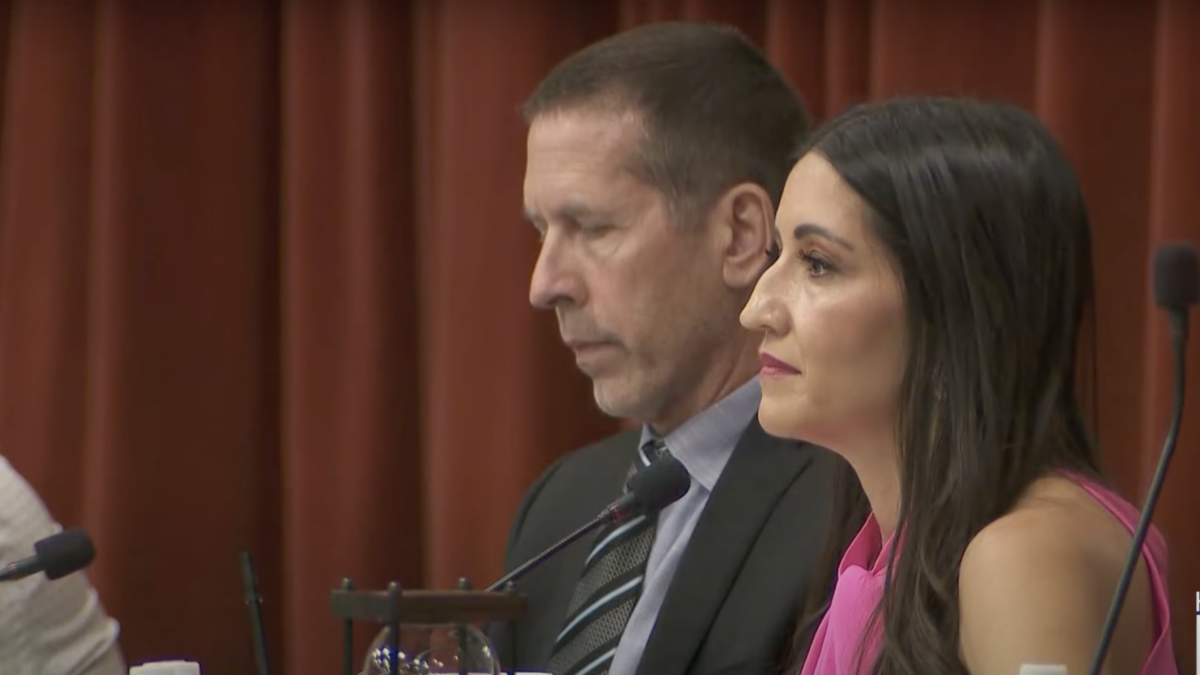Since Trump entered the political arena and proved the efficacy of sidestepping the legacy media and speaking directly to the people, a cabal of government agencies, politicians, academia, nonprofits, the corrupt press, and Big Tech have joined forces to erect a Censorship Complex. Collaboration, funding, and groupthink connect these players, and an analysis of their functioning reveals six ways they operate to censor speech in America.
1. Big Tech Censored Speech It Didn’t Like
While Twitter censored certain speech as part of its coordination with other partisan actors, Twitter also censored speech in the normal course of its operations. And because Twitter was staffed heavily by Democrats, it was mostly conservative voices that were silenced.
As the “Twitter Files” revealed, “Twitter had a huge toolbox for controlling the visibility of any user, including a ‘Search Blacklist’ (for Dan Bongino), a ‘Trends Blacklist’ for Stanford’s Dr. Jay Bhattacharya, and a ‘Do Not Amplify’ setting for conservative activist Charlie Kirk.” As one insider explained, the visibility filtering is a “very powerful tool” “to suppress what people see.”
Twitter used visibility filters to keep certain users from showing up in search results, limit the reach of certain tweets, and ban certain users’ tweets from hashtag searches and the “trending” section. Twitter aggressively applied these filters to Trump prior to the election and almost certainly to other elected officials’ accounts as well. And while censoring the speech of Americans, Twitter allowed the Department of Defense to run covert propaganda operations, “whitelisting” Pentagon accounts to prevent the covert accounts from being banned.
2. Twitter Coordinated with Intel Agencies
Over the course of some 15 “Twitter Files” exposés, independent journalists also revealed the tech giant worked closely with intelligence agencies, resulting in the censorship of more speech. As Matt Taibbi put it:
The files show the FBI acting as doorman to a vast program of social media surveillance and censorship, encompassing agencies across the federal government — from the State Department to the Pentagon to the CIA.
“Requests poured in from FBI offices all over the country, day after day, hour after hour: Las Vegas, Los Angeles, Baltimore,” Taibbi wrote, with Twitter “taking requests from every conceivable government agency, from state officials in Wyoming, Georgia, Minnesota, Connecticut, California, and others to the NSA, FBI, DHS, DOD, DOJ, and many others.”
And although Twitter’s new owner, Elon Musk, could only share Twitter’s internal communications, that material showed the CIA — referred to under the euphemism “Other Government Agencies” in the emails — “ended up sharing intelligence through the FBI and FITF [Foreign Influence Task Force] not just with Twitter, but with Yahoo!, Twitch, Cloudfare, LinkedIn, even Wikimedia.” The “Twitter Files” also revealed that the multi-agency FITF met on a monthly, and then weekly, basis with Twitter and other industry executives. Other emails revealed the DHS and the House Homeland Security Committee came back time and again to the senior moderation staff with requests for information to be removed from Twitter.
The constant censorship flowing from requests by intelligence agencies proved minor, however, compared to the blocking of the Biden family pay-to-play scandal, which followed warnings by intel agencies of a Russian “hack-and-leak” operation. According to both Twitter and Facebook, warnings from those agencies prompted the tech companies to censor the New York Post’s coverage of the scandal. But the FBI knew the laptop was not “hacked” and that the emails and other material published by the Post were authentic, revealing the danger of the government having a hand-in-glove relationship with Big Tech and the media.
3. Twitter Followed Requests from ‘Disinfo’ Groups
As if accepting government censorship requests through the FBI were not enough, Twitter allowed nonprofits to ask for tweets to be blocked if those organizations deemed them “disinformation.” A partnership portal expedited censorship requests from outside think tanks, such as the Stanford Observatory, which, at times, passed along requests for other nonprofit organizations.
4. Chorus of ‘Disinfo’ Claims Prompted Censorship
While at times Big Tech censorship followed requests solely from the government or nonprofit “disinformation” think tanks, more often Twitter was pushed into silencing speech because of a concerted PR pressure campaign undertaken when private organizations, academics, the media, and government actors — including agencies, commissions, committees, and individual lawmakers — fanned unfounded claims of “disinformation.”
The “Twitter Files” exposed several examples of this scenario at play, but the most striking concerned how Twitter moved from saying there was no significant Russian activity on the platform, to internally deciding to censor “any user identified by the U.S. intelligence community as a state-sponsored entity conducting cyber operations against targets associated with U.S. or other elections, or an entity associated with such operations…”
Supposed disinformation experts, such as those behind Hamilton 68, pushed the narrative of Russian malfeasance to both congressional aides and media outlets, which then amplified the claims. Democrat Sens. Dianne Feinstein and Mark Warner and Rep. Adam Schiff added more pressure by threatening a legislative solution and demanding Twitter do more to address “Russian Influence Operations,” even while Twitter countered both on and off the record that Hamilton 68’s methodology was flawed.
Twitter eventually caved, removing accounts it had previously found not of concern. It also changed its internal policy to defer to the U.S. intelligence agencies’ assessments, even though internal communications showed it “had not observed much recent activity” by foreign actors.
5. Twitter Heeded Requests from Government Officials — Past and Present
When it came to Covid, internal communications reveal that both the Biden and Trump administrations pushed for the silencing of virus-related content.
Early on during the pandemic, the Trump administration, concerned about “panic buying,” asked the “tech companies to combat misinformation” about “runs on grocery stores.” But, as independent journalist David Zweig noted: “There were runs on grocery stores.”
Twitter’s internal communications showed many more requests coming from both the Trump and Biden administrations related to Covid. Twitter eventually censored, in essence, any contrarian view, whether it concerned vaccines, masking, or school closures, and even if the post was true, supported by scientific research, or a reasoned matter of opinion presented by an expert. The “Twitter Files” also exposed that other tech companies, including Google, Facebook, and Microsoft, participated in the Trump administration’s Covid-response meetings, suggesting censorship requests extended much beyond those demanded of Twitter.
Even former government officials succeeded in prompting the censorship of speech, the “Twitter Files” show. An email by former FDA Commissioner Scott Gottlieb to Twitter’s top D.C. lobbyist, Todd O’Boyle, exposed this scandal.
“This is the kind of stuff that’s corrosive,” Gottlieb wrote about a tweet posted by Dr. Brett Giroir, the former U.S. assistant health secretary, in which Giroir had written: “It’s now clear #COVID19 natural immunity is superior to #vaccine immunity, by A LOT. There’s no scientific justification for #vax proof if a person had prior infection.” Giroir’s tweet then told the CDC director and president to “follow the science,” and concluded, “If no previous infection? Get vaccinated!”
Gottlieb told Twitter’s lobbyist that the tweet drew “a sweeping conclusion off a single retrospective study in Israel that hasn’t been peer reviewed,” and he bemoaned the possibility that “this tweet will end up going viral and driving news coverage.”
At the time Gottlieb pushed for censorship of the tweet, he was a board member at Pfizer, one of the pharmaceutical giants profiting from Covid jabs. But when O’Boyle forwarded the email complaint to Twitter’s strategic response team, he mentioned only Gottlieb’s prior position at the FDA.
According to Alex Berenson, who reviewed the “Twitter Files”:
A Strategic Response analyst quickly found the tweet did not violate any of the company’s misinformation rules. Yet Twitter wound up flagging Giroir’s tweet anyway, putting a misleading tag on it and preventing almost anyone from seeing it.
6. Those Who Control Ads Are Censoring Speech
The Censorship Complex also seeks to silence conservative news outlets, as the Washington Examiner exposed via its reporting on the Global Disinformation Index. That self-appointed arbiter of truth created a list of the supposedly “riskiest” and “least risky” news outlets to “guide” advertisers. Of course, the corporate outlets that overwhelmingly lean left and repeatedly peddle false stories are deemed the “least risky.” Meanwhile, conservative outlets that accurately reported the Russia hoax, the Hunter Biden laptop, and a myriad of other important stories are branded the “riskiest” ones that should be starved of advertising dollars.
Whether the censorship comes directly from Big Tech, indirectly when alternative media are starved of advertising dollars, or from one of the other six mechanisms noted above, the results are the same: Americans will be deprived of the facts.
Those facts might be about Covid, the safety of vaccines, civilian casualties in military operations, or candidates running for office. Or maybe the censored information concerns the danger of chemicals from a train derailment, a shot-down balloon, or conditions on the ground in Ukraine or at the border.
We just don’t know what we don’t know when it comes to what has been or will be censored, leaving Americans no better off than the citizens of authoritarian countries with state-controlled media.









